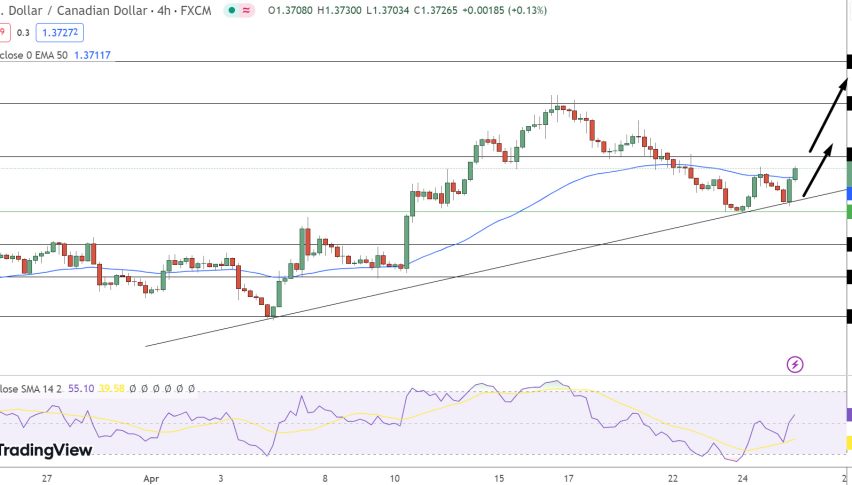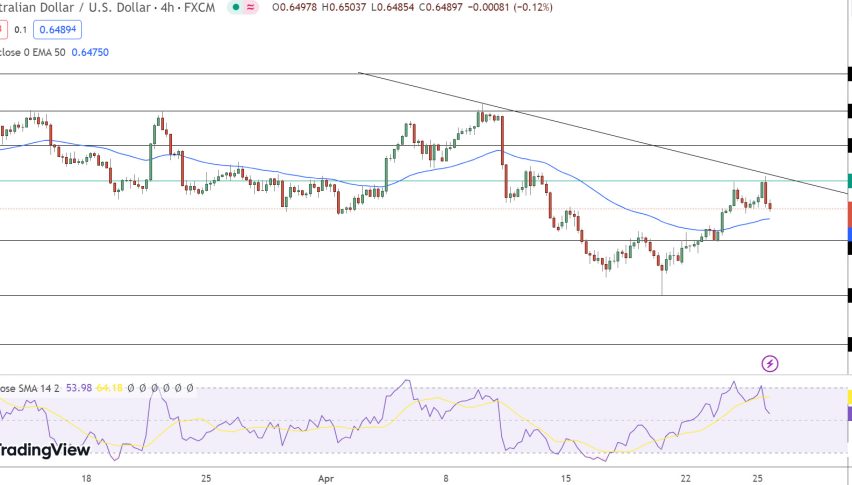
Weekly Outlook, Dec 14 -18, 2020: Top Economic Events to Watch This Week
The broad-based US dollar will end this week on the bearish track, as the vaccine rollout and loose monetary policy tend to undermine the greenback. The optimism over the coronavirus vaccines was boosted after the UK started the vaccination process. In addition to the UK, Canada also approved its first COVID-19 vaccine on Wednesday, and said vaccinations would start next week. This has also urged investors to invest in riskier assets, which, of course, goes against the safe-haven assets. Other than this, hopes that the US stimulus package would finally be approved were further fueled after the US released disappointing data, which instantly raised more doubts over the economic recovery from COVID-19 in the United States and undermined the US dollar.
Looking ahead into the coming week, the series of Manufacturing PMI and Unemployment Claims, along with Monetary Policy Meeting Minutes and the FOMC Statement could drive plenty of headlines to keep the markets on the move. The geopolitical tensions and coronavirus headlines will also be closely followed, as they could play a key role in determining risk levels in the market.
Top Economic Events to Watch This Week
1) European Industrial Production s.a. (MoM) – Monday – 10:00 GMT
This data is released by Eurostat, which measures volume in terms of industries, such as factories and manufacturing. Any uptrend is regarded as inflationary, which shows the need for interest rates to increase. Typically, a high industrial production growth release is seen as positive or bullish for the EUR currency. Conversely, low industrial production is seen as negative or bearish.
Previous release
ACTUAL: -0.4 %
DEV: -0.62
CONS: 0.7 %
DATE: 11/12/2020 10:00
2) Australian Monetary Policy Meeting Minutes – Tuesday – 0:30 GMT
These minutes are published two weeks after the interest rate decision. They generally give a full account of the policy discussion, including differences. In addition to this, they also record the votes of the individual members of the Committee. If the RBA is hawkish about the Aussie economy’s inflationary outlook, the markets see a higher possibility of a rate increase, which tends to underpin the AUD currency. Conversely, if the RBA is dovish about the inflationary outlook for the Aussie economy, the markets see a higher possibility of rate cuts, which is seen as a bearish or negative sentiment for the Aussie dollar.
3) German Flash Manufacturing PMI – Wednesday – 8:30 GMT
This data is typically released by Markit Economics, which examines business conditions in the manufacturing sector. The manufacturing PMI is a leading indicator of business conditions and Germany’s overall economic situation, as the manufacturing sector makes up a large part of the total GDP. Results above 50 are seen as positive or bullish for the EUR currency; conversely, results below 50 are seen as bearish or negative for the Euro.
Previous Release
ACTUAL: 57.8
DEV: -0.06
CONS: 57.9
DATE: 12/01/2020 08:55
4) Retail Sales (MoM) – Wednesday – 13:30 GMT
This data is released by the US Census Bureau, which measures the total receipts of retail stores. Monthly percentage changes reflect the rate of changes in such sales. Changes in Retail Sales are broadly followed, as they are considered to be an important indicator of consumer spending. Therefore, high figures are seen as bullish for the USD currency; conversely, low figures are negative or bearish for the US dollar.
Previous Release
ACTUAL: 0.3 %
DEV: -0.05
CONS: 0.5 %
DATE: 11/17/2020 13:30
5) Fed Interest Rate Decision – Wednesday – 19:00 GMT
The nation’s Central Bank has regular economic policy meetings, during which board members discuss different measures. The most important of these is the interest rates that it will charge on loans and advances to commercial banks. In the US, the Federal Reserve Board of Governors meets at intervals of 5 to 8 weeks, at which time which they announce their latest decisions. Hikes in rates tend to underpin the USD currency, which is seen as a sign of substantial inflation. Conversely, rate cuts are considered a sign of economic and inflationary woes, and this tends to undermine the greenback.
Previous Release
ACTUAL: 0.25 %
DEV: 0.00
CONS: 0.25 %
DATE: 11/05/2020 19:00
FOMC Statement:
Right after the Fed’s rate decision, the FOMC releases its statement about monetary policy. The statement tends to influence the volatility of the USD and determine a short-term bullish or bearish trend. Therefore, a hawkish outlook is seen as positive or bullish for the USD currency. Conversely, a dovish view is seen as negative or bearish.
6) ECB Monetary Policy Statement and Press Conference – Thursday – 13:30 GMT
After the ECB’s economic policy decision, the ECB President gives a press conference about the monetary policy. These comments usually affect the volatility of the EUR currency and determine a short-term bullish or bearish trend. As hawkish view from the President is seen as positive for the EUR; likewise, a dovish outlook is negative or bearish for the Euro.
7) Aussie Employment Change – Thursday – 0:30 GMT
This data is typically released by the Australian Bureau of Statistics, which measures the number of employed people in Australia. In simple words, an increase in this indicator positively impacts consumer spending, which tends to boost economic growth. High figures are therefore considered bullish for the AUD and low figures are seen as negative (or bearish) for the AUD currency.
Previous Release
ACTUAL: 178.8 K
DEV: 2.32
CONS: -30 K
DATE: 11/19/2020 00:30
Typically, this data is released by the Australian Bureau of Statistics, which measures the number of unemployed workers divided by the total civilian labor force. High figures indicate a lack of expansion within the Australian labor market. This increase leads to the weakening of the Aussie economy. A lower figure is seen as a bullish sentiment for the AUD. Conversely, an increase is considered as negative or bearish for Australian dollar.
Previous Release
ACTUAL: 7 %
DEV: -0.57
CONS: 7.2 %
DATE: 11/19/2020 00:30
8) BOJ Monetary Policy Statement – Friday
This statement is released by the Policy Board of the Bank of Japan. By communicating the outcome of the Committee’s votes on interest rates and other policy measures, and the economic conditions influencing their decisions, this statement provides many hints about future changes in monetary policy.












